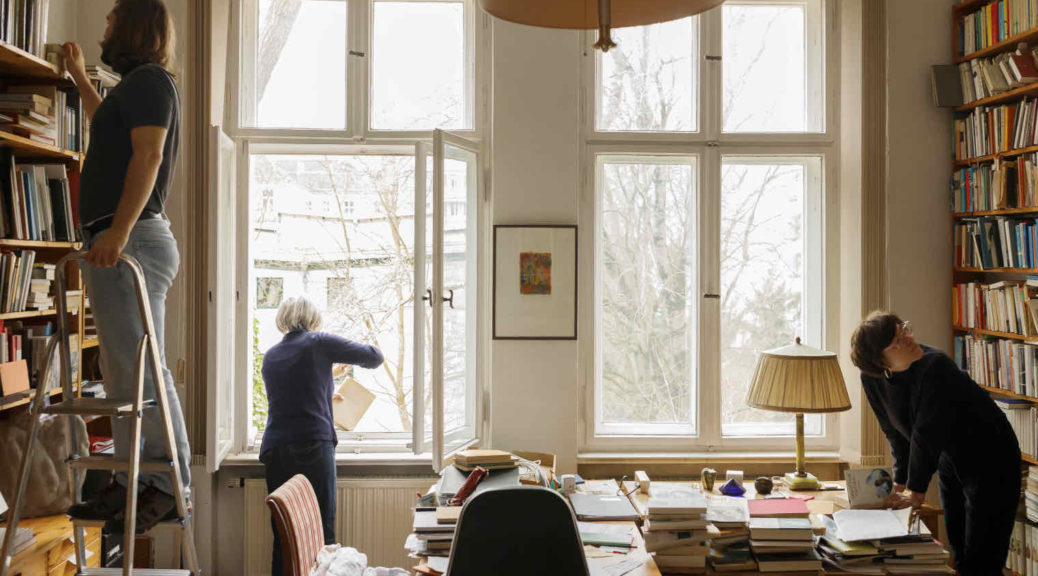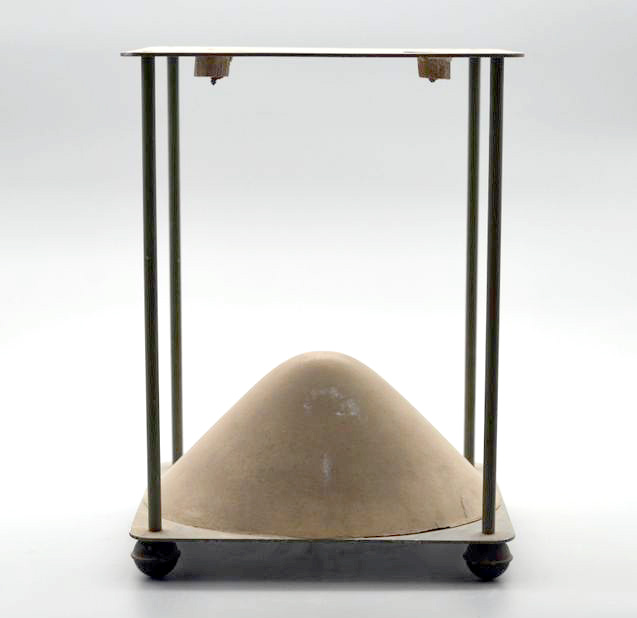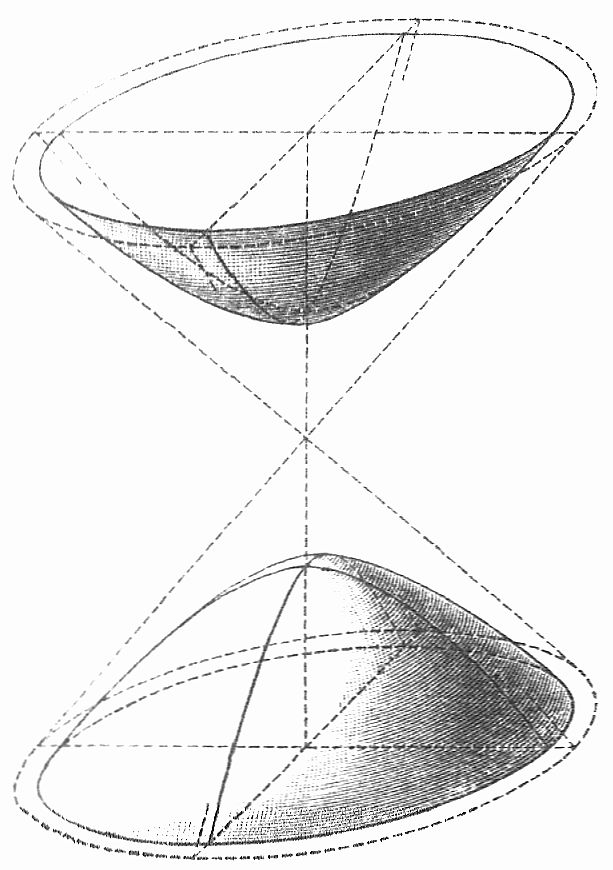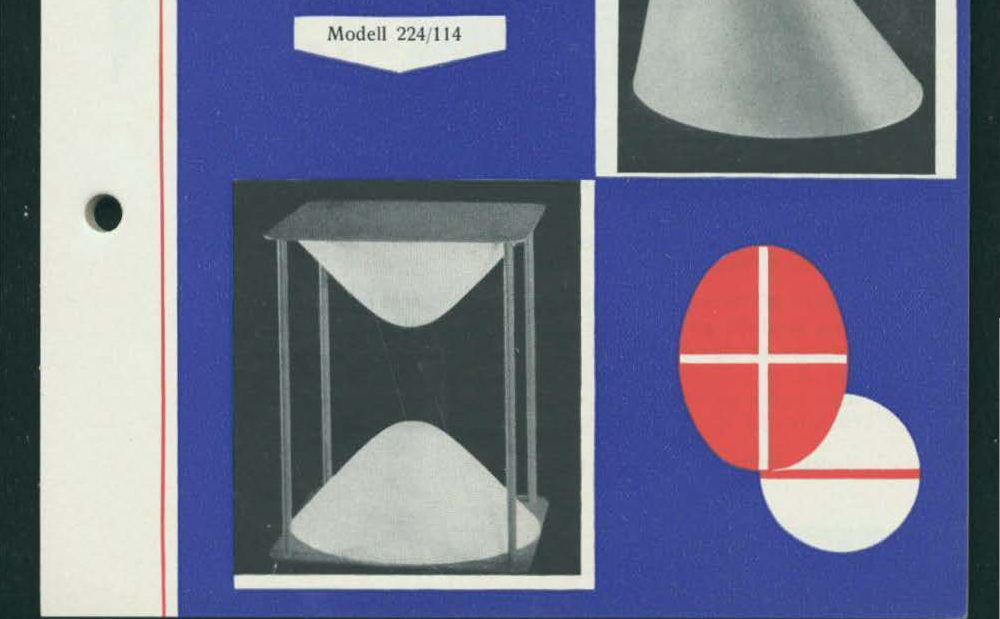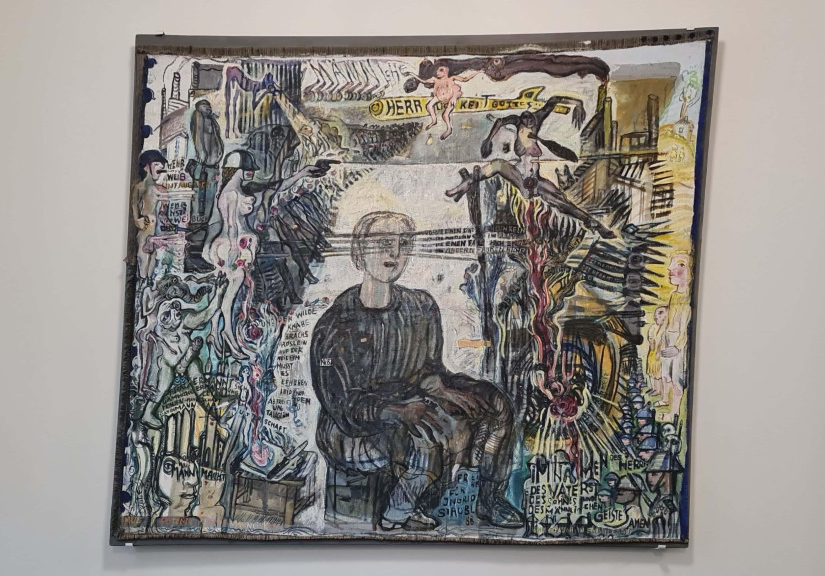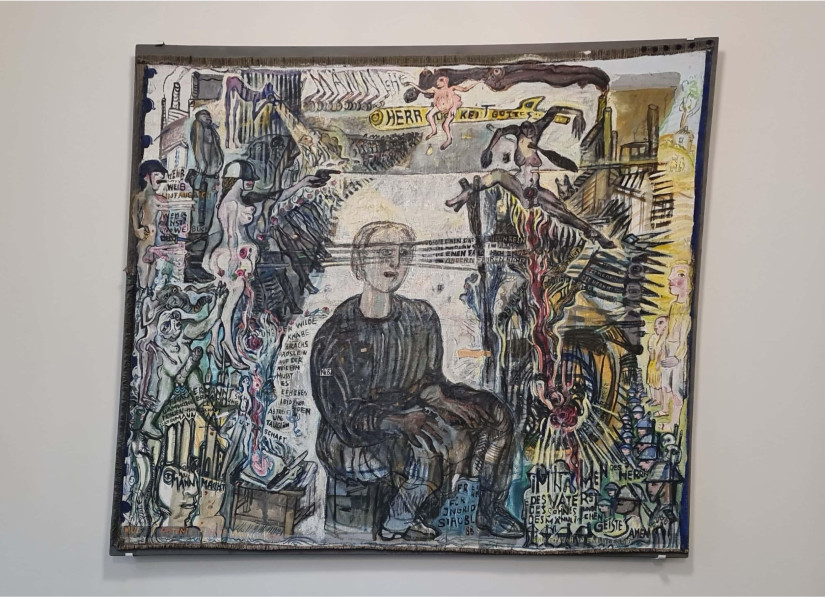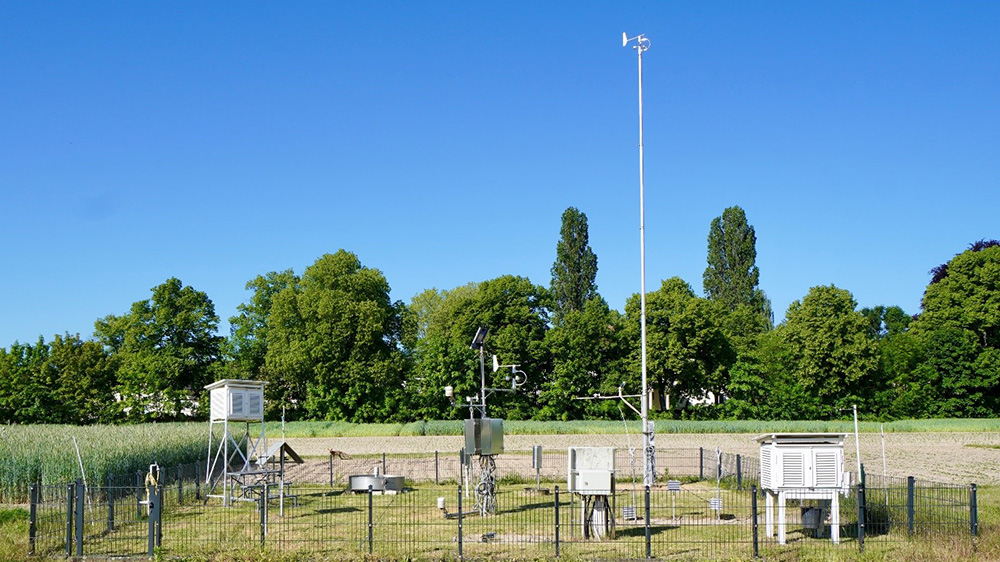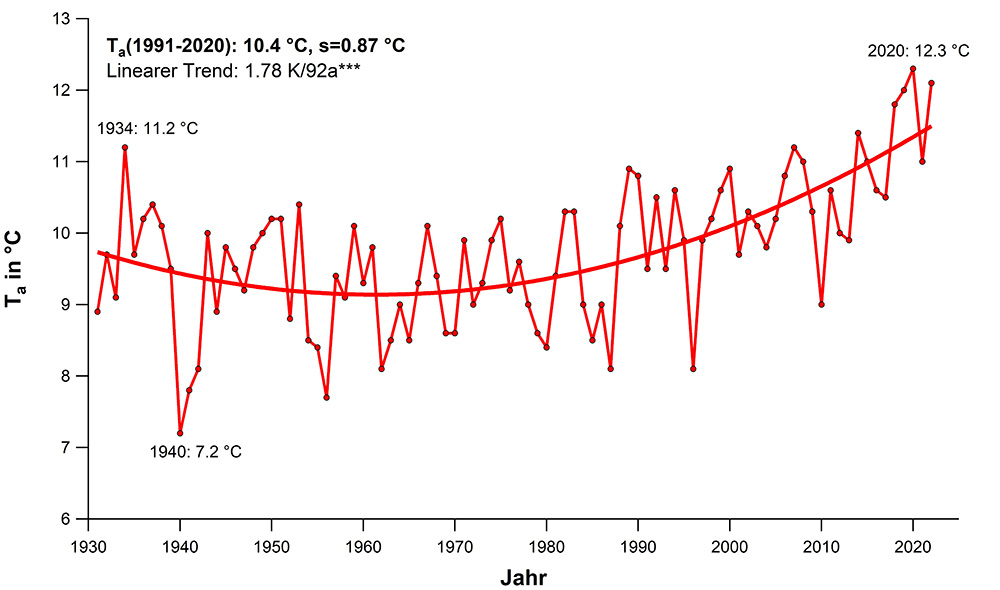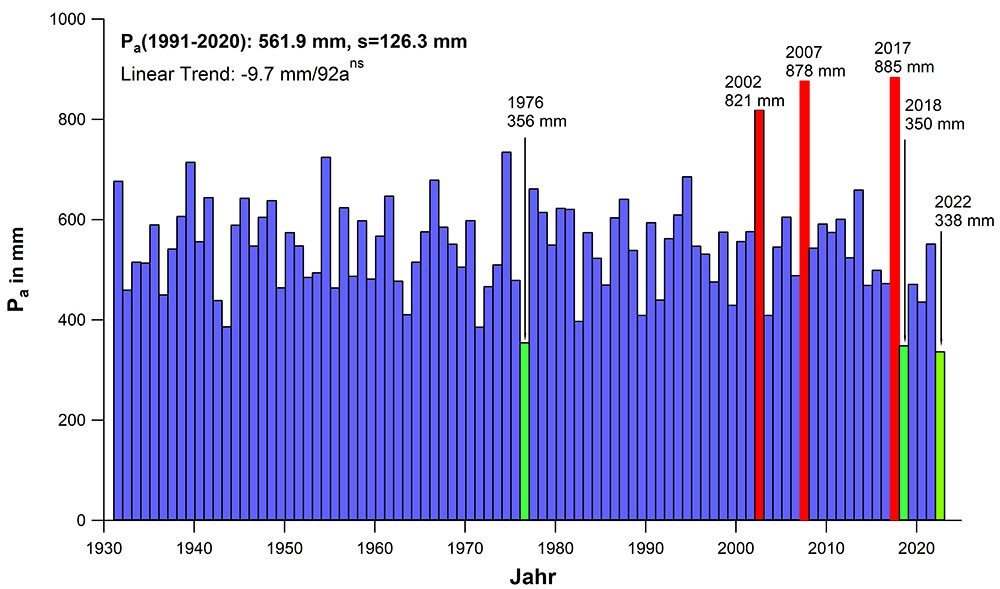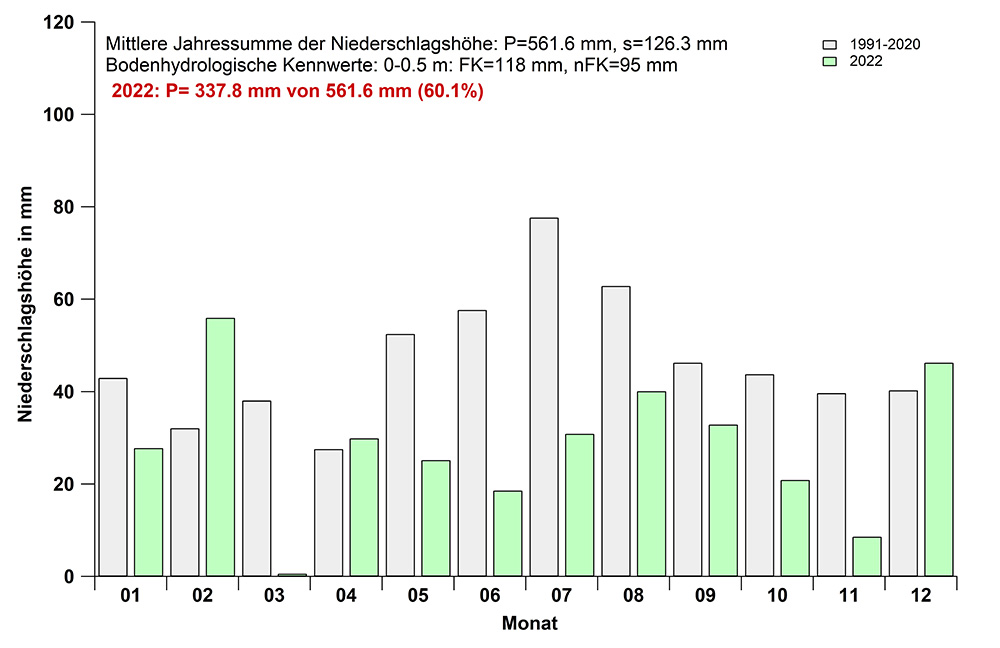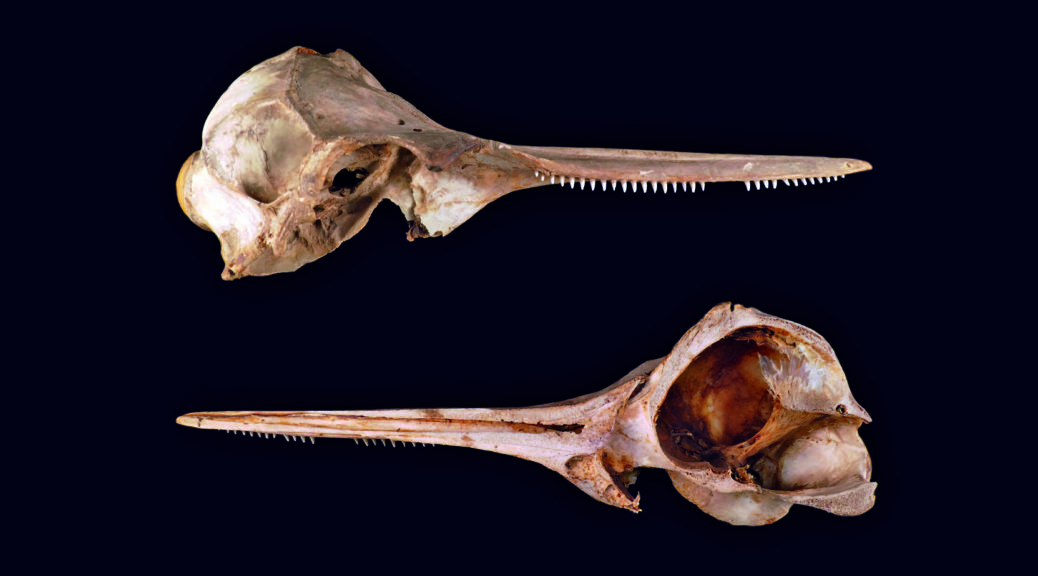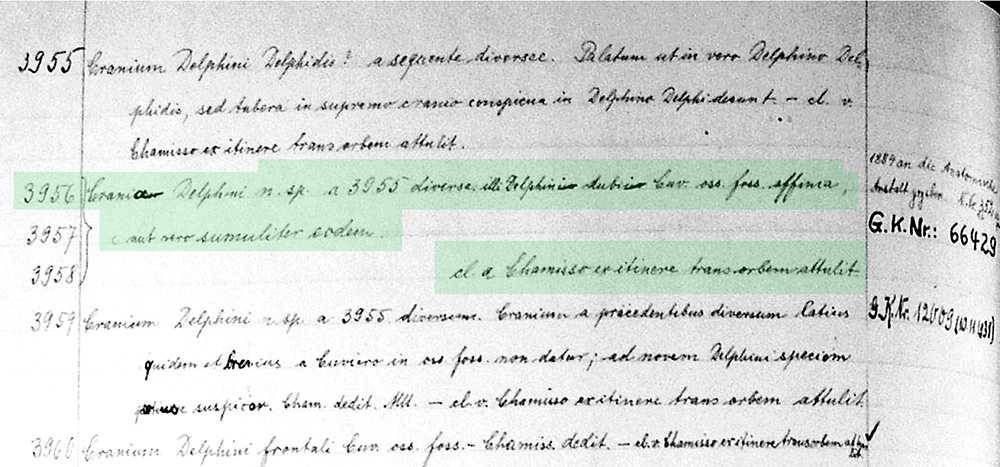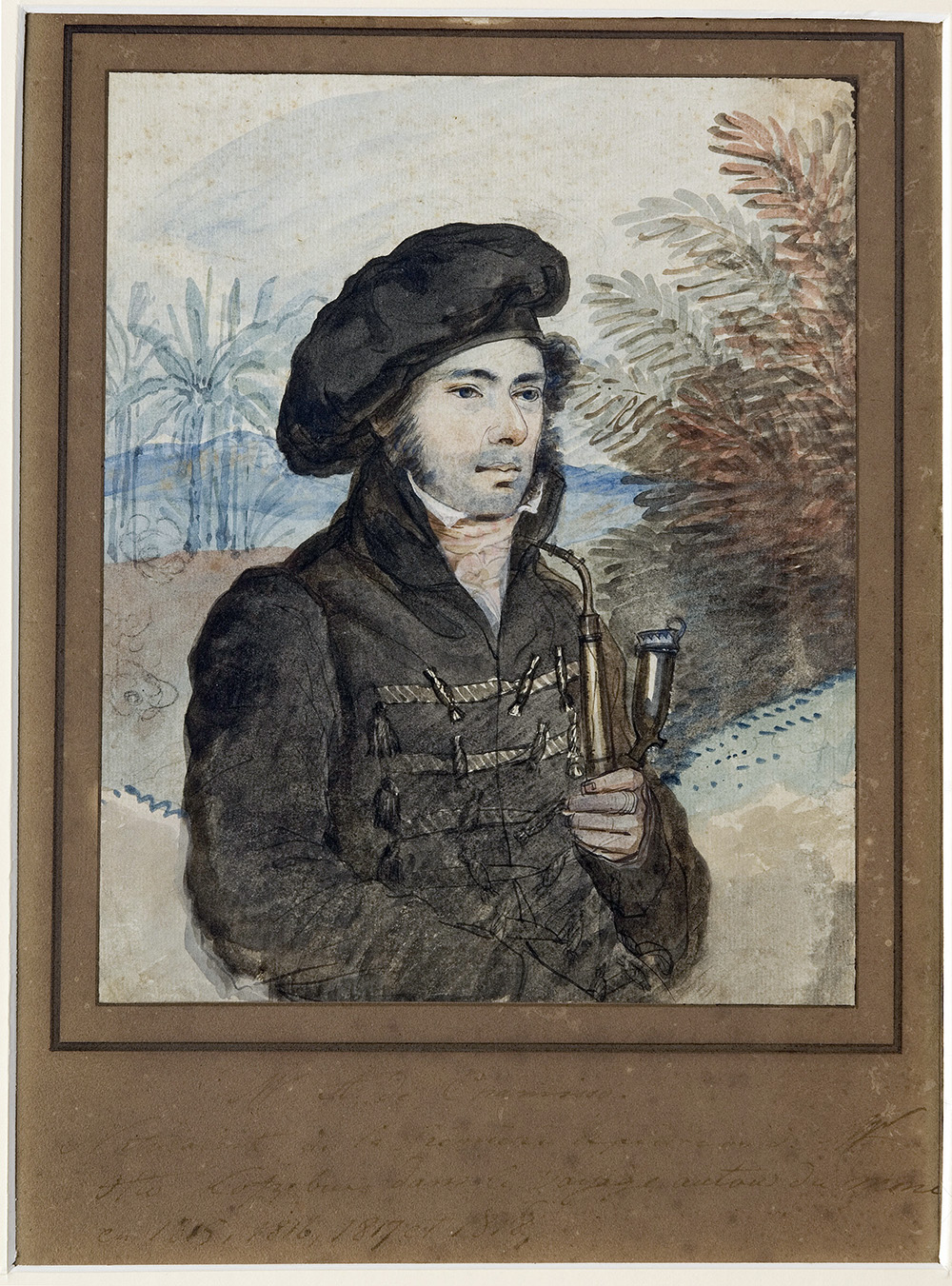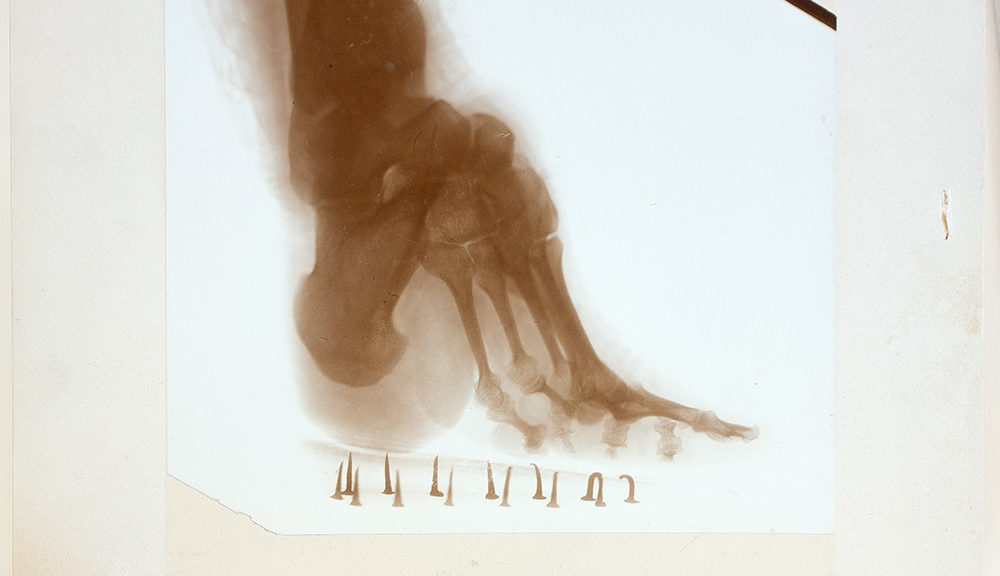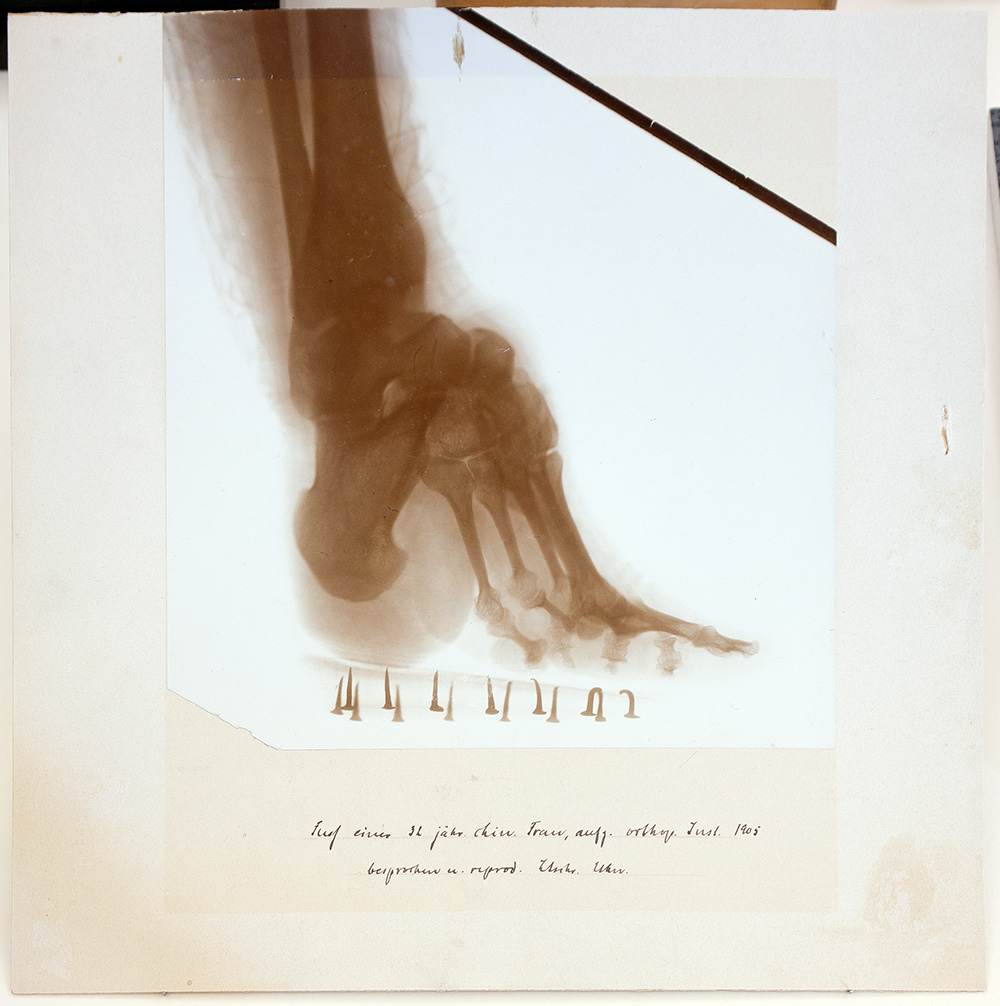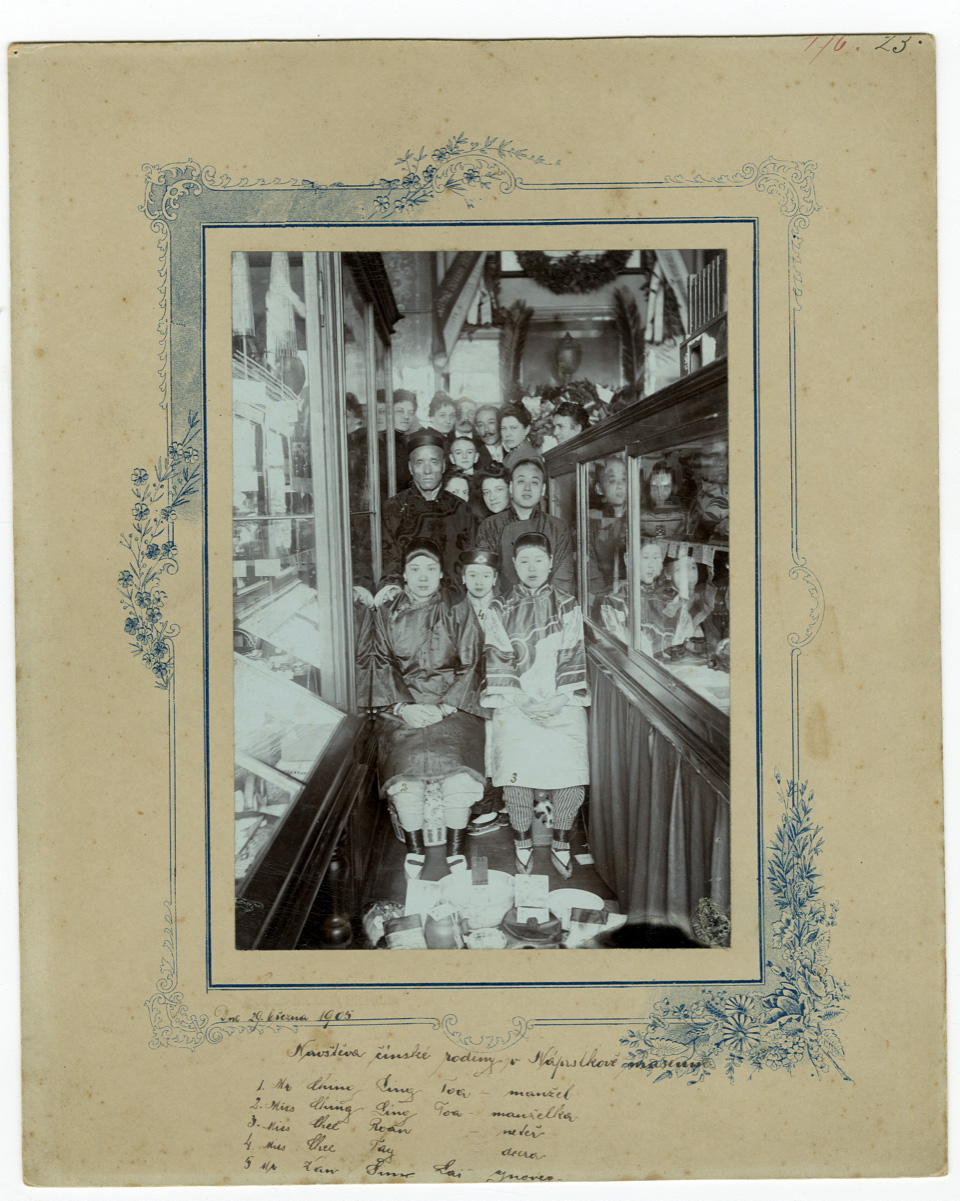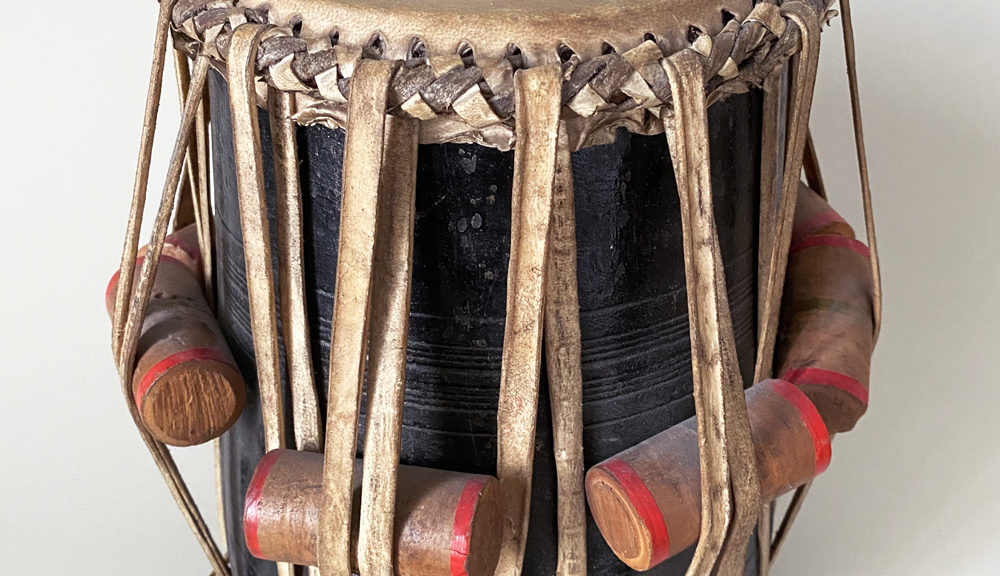Object of the Month 11/2023
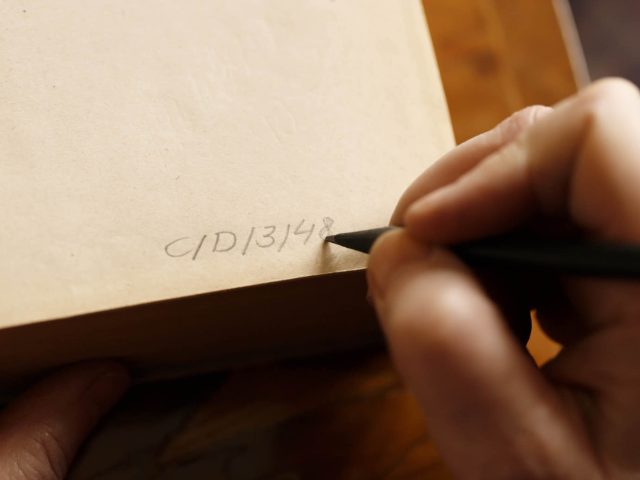
His inspiring spirit and encouraging generosity run through the “Gerhard Wolf Room”, not only in the form of the bookshelves full of charm (the label “Volkseigentum” (People’s property) is still legible on one cupboard), his desk and the graphics of Christa Wolf’s Medea. Voices. The new “Christa Wolf Room” with the desk, books and shelves of her last study, East and West German editions of her works, a collection of reading copies with traces of use that are informative in terms of contemporary and literary history and the stock of licensed editions in more than 50 languages also became a much-used seminar, research and event venue immediately after the move.
A conceptually essential idea was to preserve the last arrangement of the books as far as possible. After all, the very location of an Anna Seghers exile edition in the immediate vicinity of Christa Wolf’s desk promises insights into a poetic relationship of tradition. Why the various Hölderlin editions ended up in Gerhard Wolf’s study can be deduced from the essay volume Ins Ungebundene gehet eine Sehnsucht. Projektionsraum Romantik (1985). A couple’s library that has grown over six decades follows its own laws.
The prerequisite for securing the arrangement of the shelves was, on the one hand, the photographic documentation of the shelves (partly in 3D) and, on the other hand, a detailed indexing of each item.
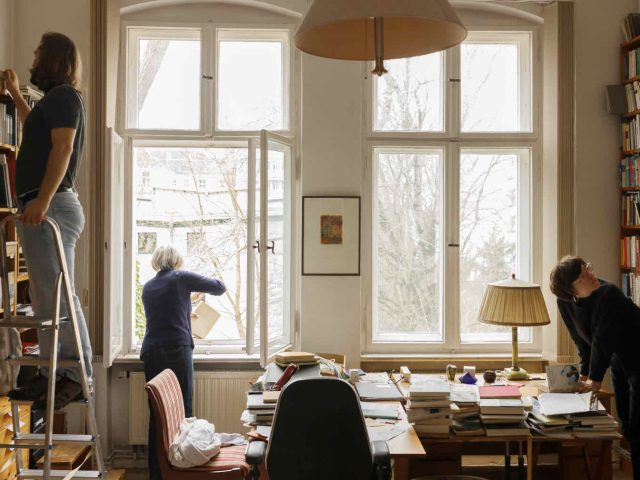
Thanks to enthusiastic teamwork, it is now possible to document where a book originally stood, even if the difference between the 3.50-metre room height at Pankow’s Amalienpark and the 2.70-metre room height in the workspace made a one-to-one arrangement impossible. Even during the long days of distortion in the flat, the students and researchers involved made a lot of discoveries: The Sinn und Form booklet 1/1949 contains notes by Gerhard Wolf. The young Christa Ihlenfeld dedicates Kurt Tucholsky’s Rheinsberg für Verliebte to her future husband in 1950! Love poems by Stepan Stschipatschow – who do you think that is? – bear a 1951 dedication by Gerhard Wolf to her. What an arc of life shines out between Christa Wolf’s detailed dedication text of 28 July 1957 in Walt Whitman’s book of poems Leaves of Grass and the one for her husband’s 80th birthday in a cookbook by Wolfram Siebeck! How revealing that Gerhard Wolf signed and dated his earliest poetry acquisitions. What a desire for research is triggered by a Rilke volume from Insel-Verlag with the entry “Gerhard Wolf, Bad Frankenhausen, 1947. Abitur”.
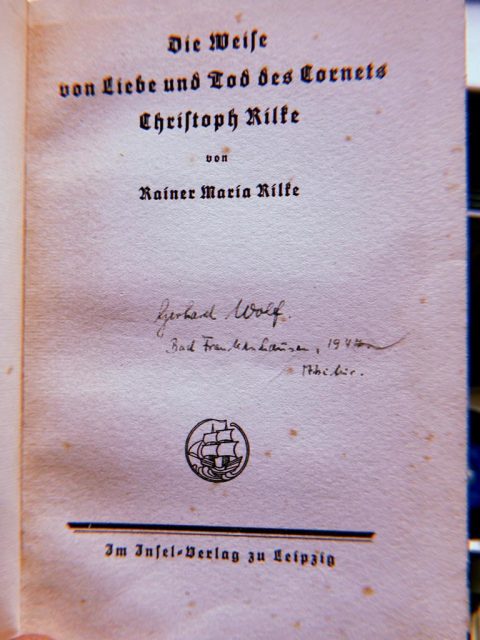
Dedications by Louis Fürnberg (1954), Edgar Hilsenrath (1978 and 1990) or Said (2001) literally ‘fell into one’s hands’ during the indexing work in March 2023. What is behind the undated double signature of Heinrich Böll and Lev Kopelev? How did Paul Eluard’s dedication to Stephan Hermlin end up in the Wolfs’ library? Emma Ulrich had already reconstructed the literary-historical context behind a unique edition by Hugo Huppert from 1940 in her bachelor’s thesis in 2018.
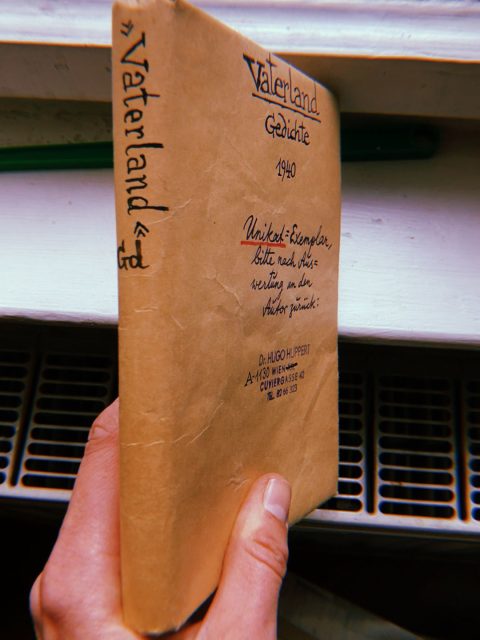
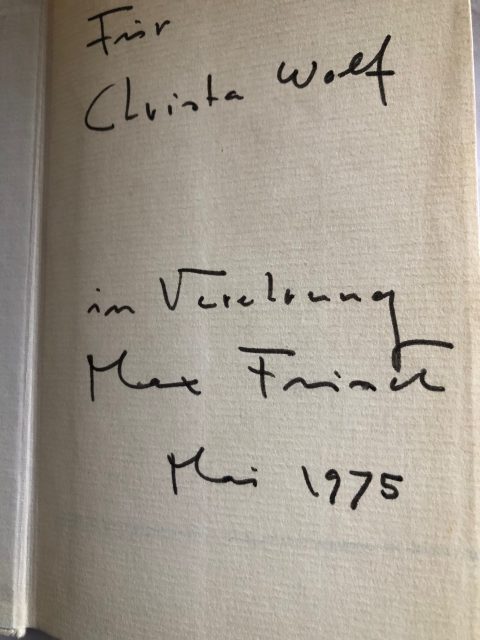
Does it refer to the founding history of the small bibliophile publishing house Januspress when Oskar Pastior mentions the word “Janus” in his dedication to Gerhard Wolf in 1990, or to the title of the dedicated copy Kopfnuß Januskopf with Palindromes? The dedications in the private library raise questions that initiate research in literary histories and archives. They document German-German and supranational relationship stories that have yet to be told.
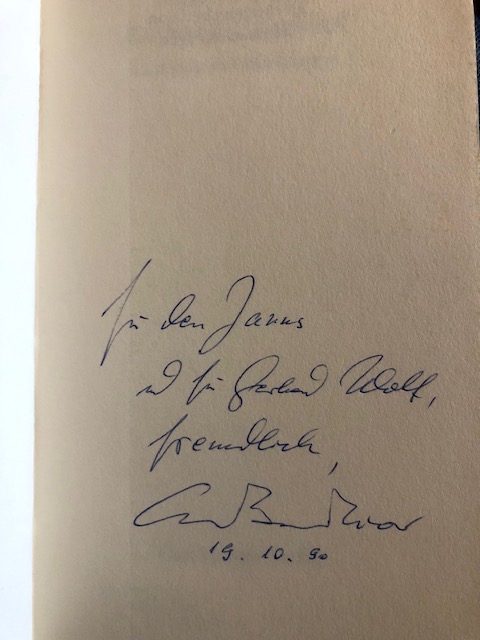
PD Dr. Birgit Dahlke
Head of the Work and Research Centre
Private Library of Christa and Gerhard Wolf at the HU
Faculty of Linguistics and Literature
Institute for German Literature
Dorotheenstr. 24/ Rooms 3.509, 3.543 and 3.544
Website Private Library of Christa and Gerhard Wolf
The private library is open to the public on Tuesdays from 12 to 14 and by appointment with Alina Mohaupt (Email: mohaupal@hu-berlin.de).
